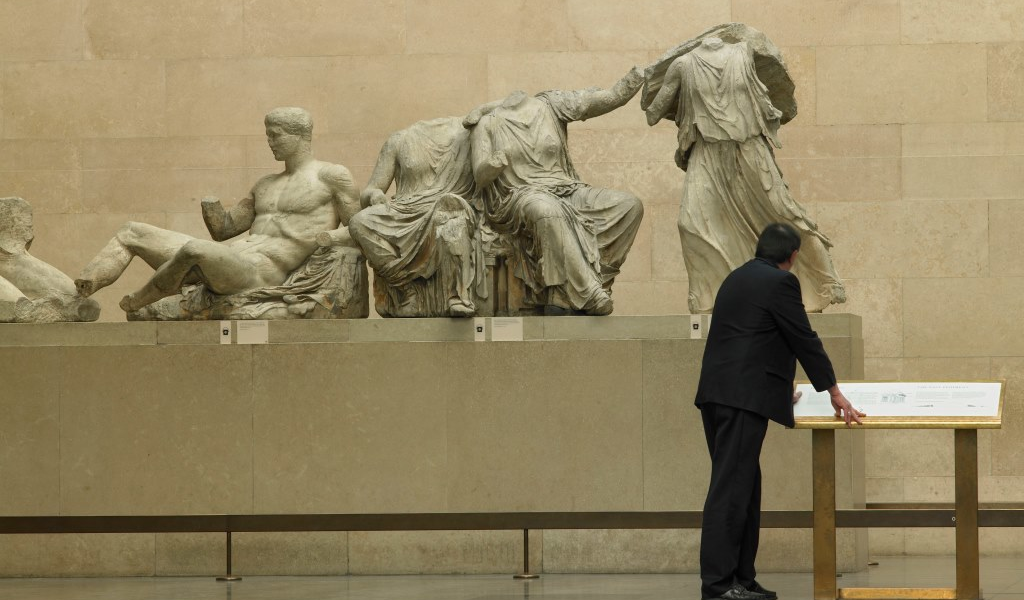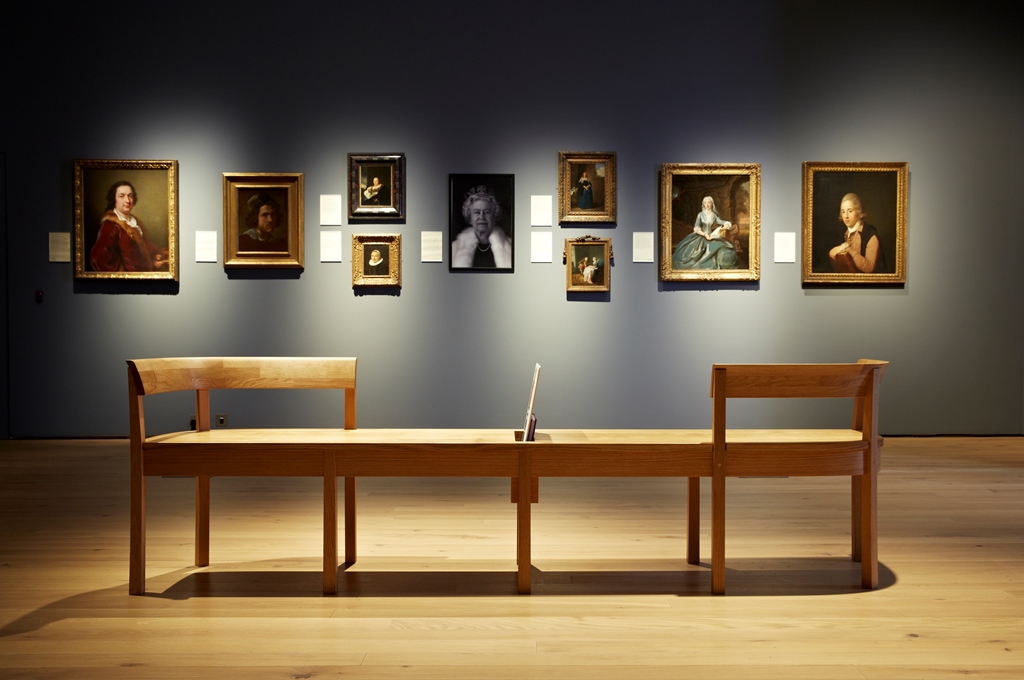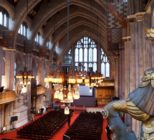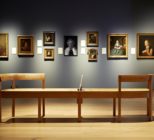Here M+H Advisor looks at how a network of museums are sharing information on security, and how the Government Indemnity Scheme assists cultural institutions with insurance, and focuses on three case studies including museum insurance specialists Blackwall Green, valuation experts Art & Antiques Appraisals and fire detection specialists AD Network Video.
The valuing, insuring and securing of museum collections can be a daunting task but there are many ways to go about improving how your organisation looks after its collection and building as well as staff and visitors. Cultural organisations working together to secure venues and ensure a safe and enjoyable visit for visitors are one way. Another is specialist companies offering a wealth of experience and knowledge that in the long run can save money.
A good example of the former is the National Museums Security Group (NMSG) set up by the Victoria and Albert (V&A) Museum in 2012 in response to a spate of thefts in Museums. It provides an immediate and secure means for security teams from cultural organisations across the UK to share intelligence and communicate with each other. However, the NMSG not only deals with theft but aims to reduce crime in general and reduce the fear of crime for visitors. The network is able to share images of criminal suspects and help victims of crime by providing immediate assistance and online communication with the police.
Museums by their nature strive to provide public access to their collections as well as keeping objects safe and secure and the NMSG can improve the way they do this. “The National Museum Security Group provides a communications link for security professionals to share images, enabling a fast and effective response to any incident,” says its mission statement. “By sharing intelligence with our members in this way, we are able to identify emerging threats and adjust our security responses appropriately.” The NMSG is free to join for museums, galleries, libraries, archives and heritage sites across the UK and has developed an online intranet, which can be accessed by authorised security representatives at member institutions of which there are more than 1,000.

The V&A was instrumental in setting up the National Museums Security Group.
Of course this is a side of museums and heritage attractions that the visitor will not notice but ensures they have a pleasant and safe time. It is the same with insuring and valuation – they are the underpinnings of museums and heritage attractions that are not necessarily visible. They allow items to be loaned between museums regionally, nationally and internationally. They also enable museums and heritage attractions to decide what they would claim in the event of theft or damage as is made apparent in Arts & Antiques Appraisals Case Study where director James Glennie said: “Knowing the value of an object can mean speedy decisions are made by insurers.” Glennie also talks about The Museum Valuation Charitable Trust which gives out small grants to assist cultural organisations.
When it comes to insuring in museums and heritage attractions, it is not only the collections that need attention but also the employer’s and public liability insurance and the operating systems such as heating and lifts. At insurers Blackwall Green, which has been working with museums and bodies such as The Collections Trust and the Association of Independent Museums for more 50 years, it is about prioritising what to insure and assessing the likely risks. Blackwall Green offers commercial insurance where necessary and works around the Government Indemnity Scheme (GIS).
The GIS is run through Arts Council England which is contracted to deliver standards on behalf of the Department for Culture Media and Sport. The scheme makes public objects within the UK which might not otherwise be available without the scheme, by providing museums and galleries an alternative to the sometimes unattainable cost of commercial insurance. This opens up another avenue where a museums, galleries, archives and libraries can arrange to borrow objects from non-national institutions, and in the event of loss or damage, the compensation paid to the owner comes from the Government. This is subject to a thorough security risk assessment of the transport, venue and exhibition area.
The GIS ‘can cover loans while they are in transit, to and from the borrowing venue, storage, setting up, display and dismantling’. “It enables thousands of objects to be exhibited around the country and in cash terms it has real value. At a notional rate of 0.5 per cent, a common commercial insurance premium, it saves museums around £15 million a year,” says ACE. “Most importantly it facilitates loans, and allows bigger and better exhibitions and long-term displays, giving the public further opportunities to see a wide range of objects.”
ACE primarily considers risks to objects and assesses the threat or likelihood of actual risk as well as considering measures of removing or reducing those risks. Examples can include crimes such as theft or deliberate damage, or environmental or accidental loss.
The Arts Council is also working with The Collections Trust on its Building Capacity for Museum Security project to promote awareness of good practice in museum security, and help museums build their knowledge and capacity. It provides resources and guidance which will help museums and galleries protect themselves against loss from their collections as a result of damage from security threats such as theft, fire, flood.
Although all three of these incidents are rare the recent fire at the Battersea Arts Centre and last year’s fire at Glasgow School of Art has brought fire risk into the spotlight. With many museums and heritage building being housed in buildings 100 years old or more they face higher risk with materials and because of the listed state of many what you can install is subject to scrutiny.
Which is why in the final Case Study AD Network Video talks about how it has devised fire detection equipment used London Guildhall and Houses of Parliament that is unobtrusive but also effective in rapidly alerting the fire service.












